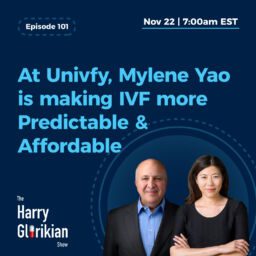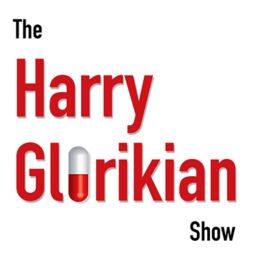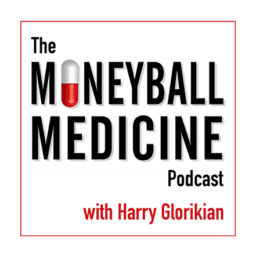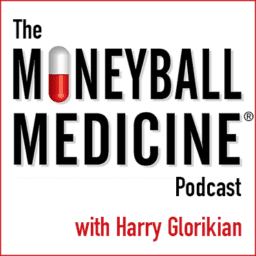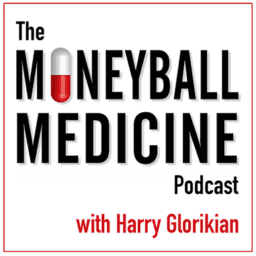Cellular Biology Market Shows Resilience
Segment Encompasses a Plethora of Critical Tools from Petri Dishes to Robotics for HCS
In the life science world, there has been a strong focus on next-generation sequencing and the $1,000 genome. The excitement in this nearly $30 billion life science tools industry should not be taken lightly; however, other segments of this market are also noteworthy. Cellular biology, for example, has demonstrated strong, sustained growth despite the sour economy.
Cellular biology encompasses a plethora of research-focused technologies, from basic laboratory petri dishes to ultra-automated robotics for high-content screening. Cellular biology is currently the biggest revenue contributor to the life science tools industry, accounting for approximately 30% of total sales. It is expected to grow to a $14 billion market of its own by 2012.
Two major factors are driving growth in cellular biology: a recent surge in NIH/NSF funding and the ongoing need for biological relevance in drug discovery. The anticipated infusion of nearly $38 billion in funding for the NIH/NSF by the Obama administration this year is certain to keep academia busy and shareholders interested.
Despite a budget freeze for most nonmilitary discretionary activities in 2011, President Obama’s announcement of a $1 billion NIH budget increase indicates sustainable future growth for cellular biology.
In addition, the rapid discovery of cellular pathways and molecules is providing pharmaceutical and biotech firms with a large number of potential drug targets. Despite improvements in analysis technologies, however, the ability to thoroughly understand a potential drug’s biological profile remains difficult.
As a result, predicting the effects of drug candidates early in the pipeline is problematic. In fact, most existing drugs today exhibit clinically unforeseen, albeit harmless, pharmacological profiles that were unobserved until advanced stages of drug development or, in some cases, after commercialization. Whenever these side effects prove to be harmful, pharmaceutical companies lose significant market share.
With increasing drug development costs, researchers are seeking ways to eliminate candidates with dangerous toxicity and metabolic profiles early on. For example, unforeseen metabolism issues not determined in cell and rodent models account for 30% of all Phase I trial failures. The promise of coupling the existing target-based drug discovery model with a cell and systems biology approach promises to decrease the number of failures and lower costs early in the drug discovery pipeline.
Link to Article: https://www.genengnews.com/gen-articles/cell-biology-market-shows-resilience/3220/?kwrd=glorikian
